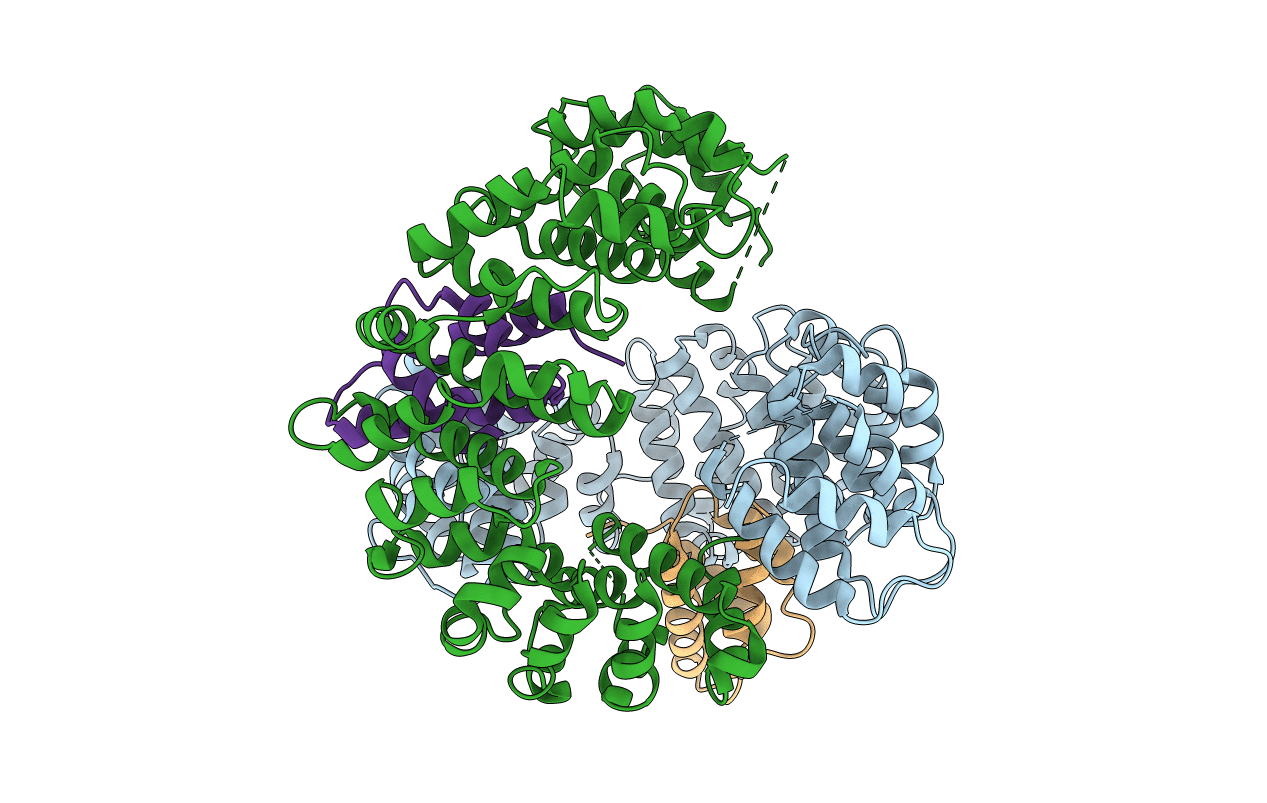
Deposition Date
2013-03-19
Release Date
2013-04-10
Last Version Date
2023-09-20
Entry Detail
PDB ID:
4JPO
Keywords:
Title:
5A resolution structure of Proteasome Assembly Chaperone Hsm3 in complex with a C-terminal fragment of Rpt1
Biological Source:
Source Organism:
Saccharomyces cerevisiae (Taxon ID: 559292)
Host Organism:
Method Details:
Experimental Method:
Resolution:
5.00 Å
R-Value Free:
0.27
R-Value Work:
0.25
R-Value Observed:
0.25
Space Group:
P 65 2 2


